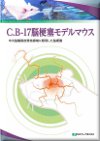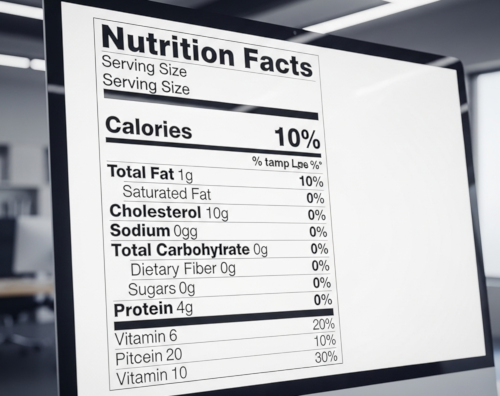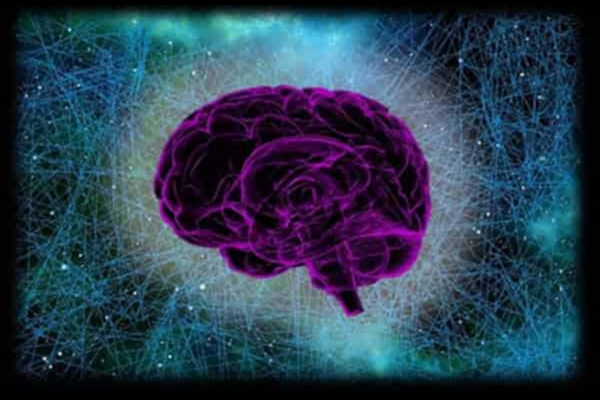
CLEA Japan,Inc. handles cerebral infarction model mice (C.B-17) that can evaluate the therapeutic effect and side effects of experimental treatment by taking advantage of extremely high reproducibility by surgical treatment and long-term storage (up to 180 days).
| Table of contents: ■ Features |
How to create
MCA (middle cerebral dysfunction) of SCID mice (FOX CHASE SCID CB-17 / Icr-scid / scidjcl) and CB-17 mice (FOX CHASE SCID CB-17 / Icr-+ / + Jcl) using the improved Tamura method We will create a cerebral infarction model in which the cerebral infarction is directly electrocoagulated and ligated.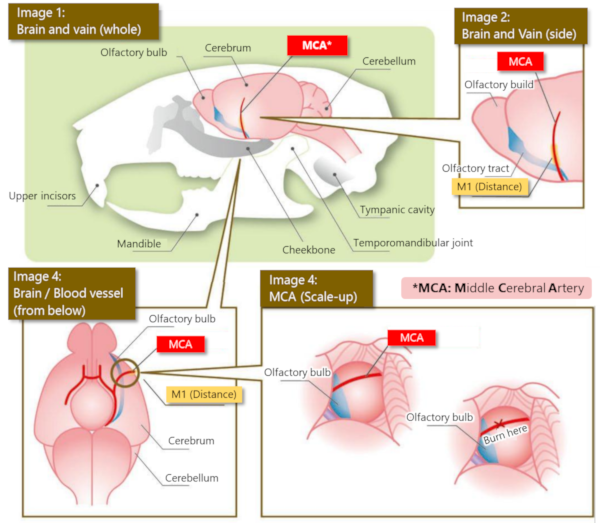
(Click on the image to see a larger image)
Background
The conventional cerebral infarction model has a considerable variation between animals and research facilities, has poor reproducibility, and has a problem in the reproducibility of the ischemic zone. In addition, even model animals with reproducibility could not coexist for a long period of time, and effective experiments could not be continued.
Therefore, not only was it impossible to determine the effect of drug administration on the chronic prognosis, but it was also impossible to carry out experiments to improve brain function after the onset of cerebral infarction.
This model mouse is a surgically treated cerebral infarction model mouse developed by Professor Tomohiro Matsuyama of Hyogo university of Medicine as a model that has the advantages of good ischemic zone reproducibility and long-term survival in order to solve these problems.
Features
- High reproducibility of cerebral cortex infarct area, therapeutic effect screening is possible with a small number.
- Long-term survival (up to 180 days), experimental treatment in the chronic phase the effects and side effects of treatment can be evaluated.
- Partially mimics human cerebral infarction as a model of local eternal ischemia animal.
- For using SCID mouse model, immunodeficiency animal, it is possible to conduct a treatment assessment with donor-cell hetero transplantation.
High reproducibility
This method makes a selective cortical infarction inducement with high reproducibility in SCID and C.B-17 by direct electrocoagulation and ligation at a middle cerebral artery (MCA) distance part.
Image of 24 hours after brain infarction treatment (TTC stain)
▼ C.B-17 shows high reproducibity nerosis at the selective cerebralcortex.
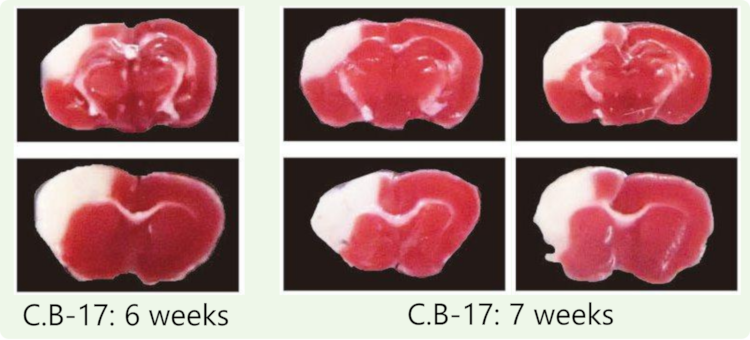
(Click on the image to see a larger image)
▼ C57BL/6 shows low reproducibility.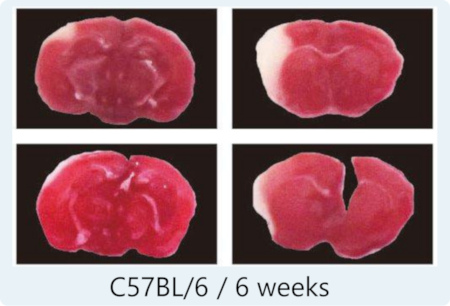
(Click on the image to see a larger image)
High long-term survival rate (180 days)
This model shows high long-term survival rate with high cortical infarction reproducibility to its chronic phase. (Maximum 180 days) The survival rate after brain infarction treatment is 100% (16/16) in 90 days and 94% (15/16) in 180 days.
▼ If you want to confrim how to import CLEA Japan product, please click below.
Reference
*This animal is surgical treatment model, so a recovery period of several days (up to 7 days) is necessary. Taking this into consideration, we will arrange the shipment.
Inquiry


